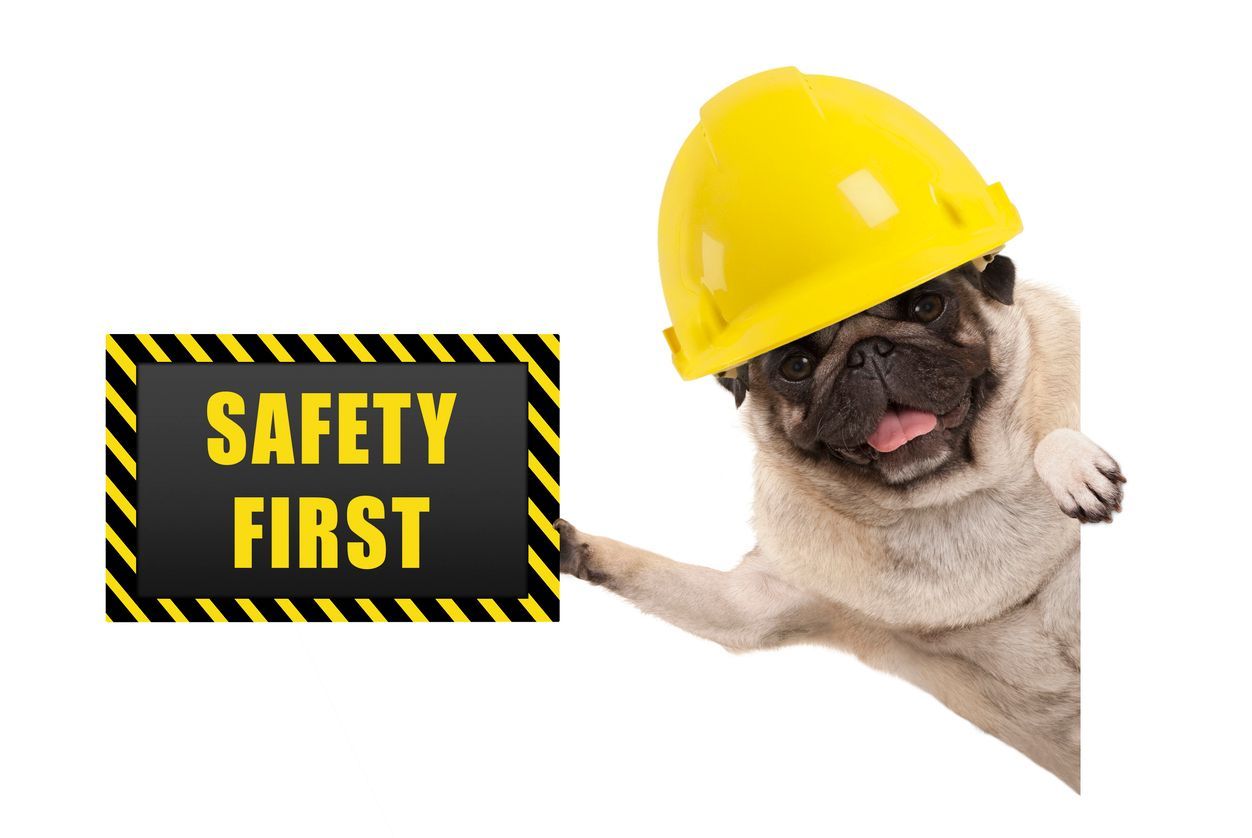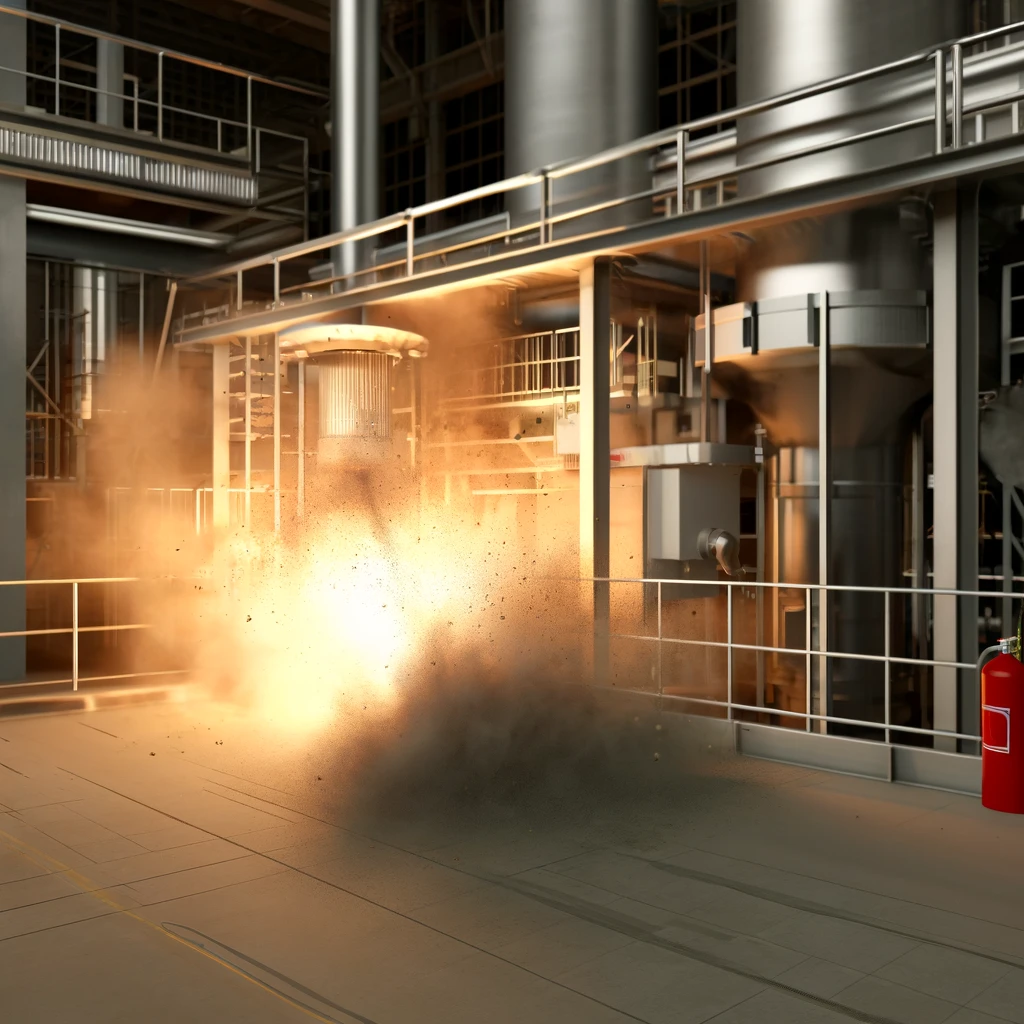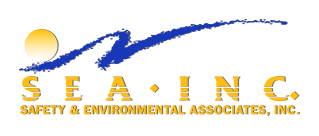Written and Accessible Procedures: The Backbone of a Sustainable Safety Management System

Safety management is a core concern for businesses across all industries, with the importance of having effective safety procedures being well-recognized. Yet, in numerous cases, companies are falling short, allowing their safety professionals to leave without capturing all their knowledge. In some situations, they cannot even locate their work product. This article will argue that written and accessible procedures are the backbone of a sustainable safety management system and discuss how Safety & Environmental Associates can provide solutions to this growing concern.
The Problem: Losing Expertise and Knowledge
When safety professionals leave an organization, they often take with them a wealth of knowledge and experience that can't be easily replaced. If their insights, strategies, and unique understandings aren't properly documented, the organization loses much more than just an employee - it loses a piece of its safety backbone. Moreover, the absence of accessible documentation means that even when the expertise exists within the company, locating specific procedures or protocols can be a time-consuming and sometimes impossible task.
The Solution: Written and Accessible Procedures
The sustainability of a safety management system lies in its robustness and adaptability. Here is why written and accessible procedures are vital:
1. Knowledge Preservation
By documenting safety procedures, organizations can preserve the hard-earned knowledge and wisdom of their safety professionals. These documents become a permanent part of the company's safety culture, available for reference and adaptation as needed.
2. Consistency and Standardization
Written procedures ensure that safety practices are consistently applied across the organization. This creates a uniform safety culture where everyone understands their roles and responsibilities, reducing the likelihood of accidents and misunderstandings.
3. Regulatory Compliance
In many industries, regulatory bodies require comprehensive documentation of safety procedures. Having these readily available ensures that companies can quickly respond to audits or inquiries, demonstrating compliance and responsibility.
4. Ease of Transition
When a safety professional leaves or new staff are brought in, documented procedures make the transition smooth and efficient. The new team members can quickly understand and adopt existing practices, ensuring uninterrupted safety management.
Safety & Environmental Associates: Your Partner in Sustainability
Safety & Environmental Associates (SEA) recognizes the challenge that many companies face in maintaining a sustainable safety program. With extensive experience in safety management, SEA provides customized solutions to document and make accessible your safety procedures. Here's how:
1. Expert Consultation
SEA's experts can assess your current safety management system and identify areas where written procedures can enhance sustainability and compliance.
2. Tailored Documentation Solutions
Through close collaboration with your team, SEA creates detailed, user-friendly documents that reflect your specific needs and industry standards.
3. Training and Implementation
SEA offers training programs to ensure that your staff understands and can effectively utilize the written procedures, thus embedding them into your organization's daily operations.
4. Ongoing Support
With a commitment to long-term success, SEA provides continuous support to keep y
Conclusion
The departure of safety professionals doesn't have to mean the loss of valuable insights and protocols. By recognizing that written and accessible procedures are the backbone of a sustainable safety management system, companies can take proactive steps to safeguard their employees and operations. Safety & Environmental Associates stands ready to assist, providing the expertise and personalized solutions to ensure that your safety program is robust, compliant, and built to last. Don't let invaluable knowledge walk out the door - let SEA help you capture it for the benefit of your company's present and future.



10201 W. Markham Suite 317
Little Rock, Arkansas 72205
Phone: 888-374-3442
1750 Highway 160 West, Suite 101-147
Fort Mill, SC 29708
Phone: 839-400-2223
Our Hours
- Mon - Sun
- Open 24 Hours
SEA Inc. | Powered by Flypaper | All Rights Reserved | Privacy Policy
